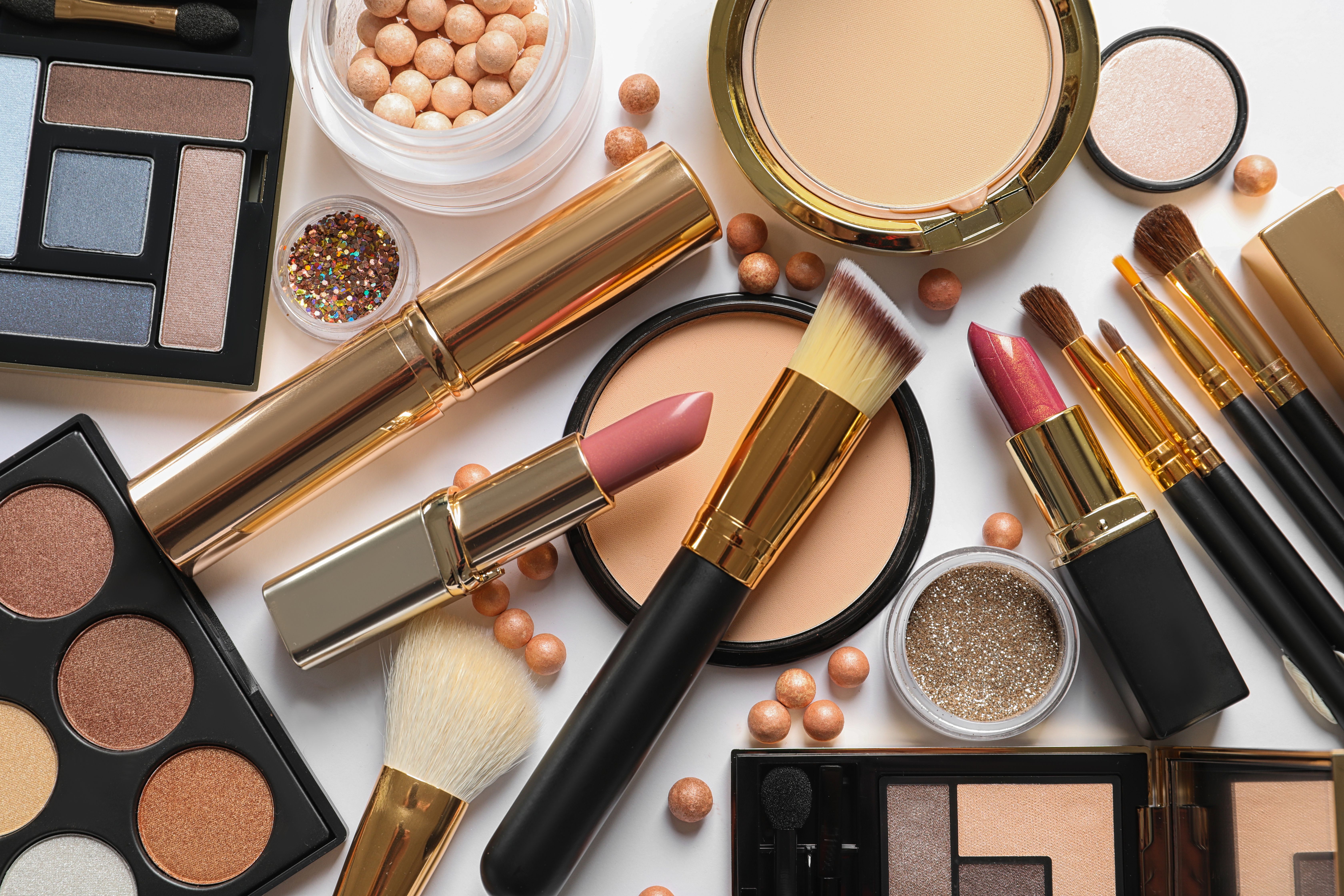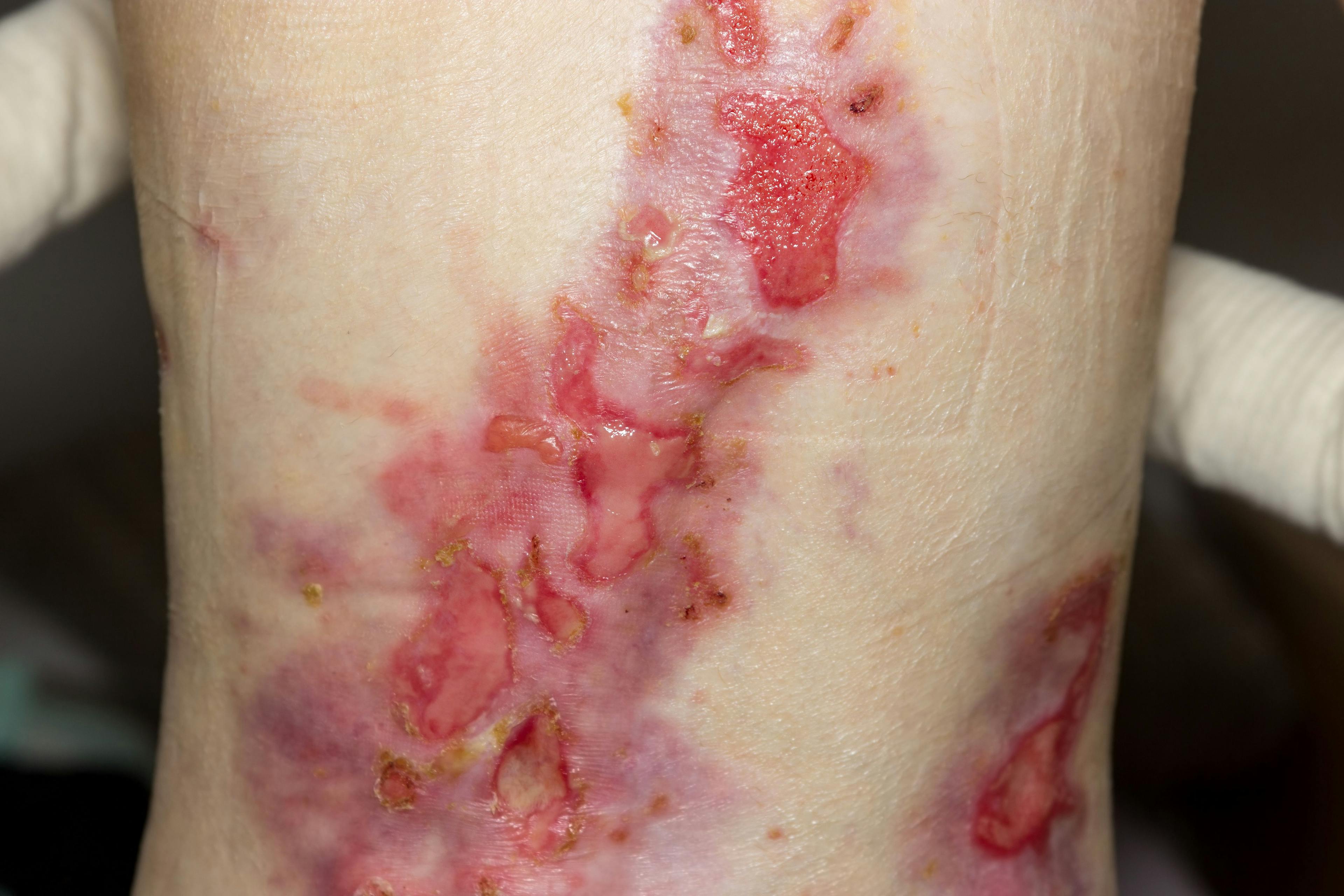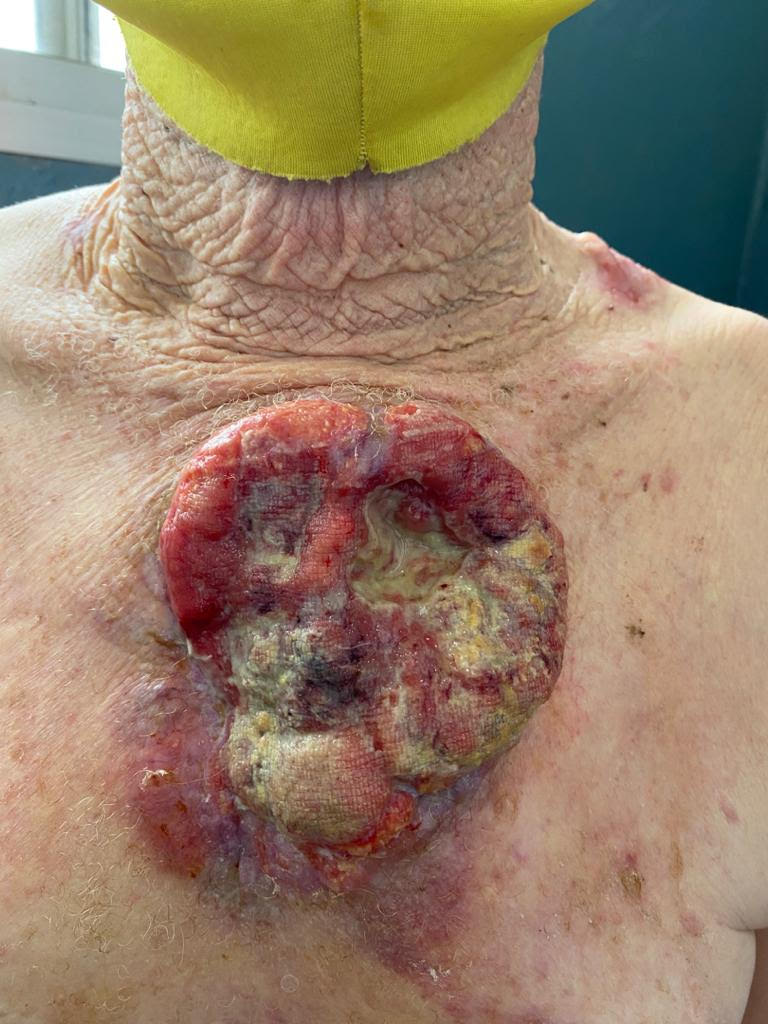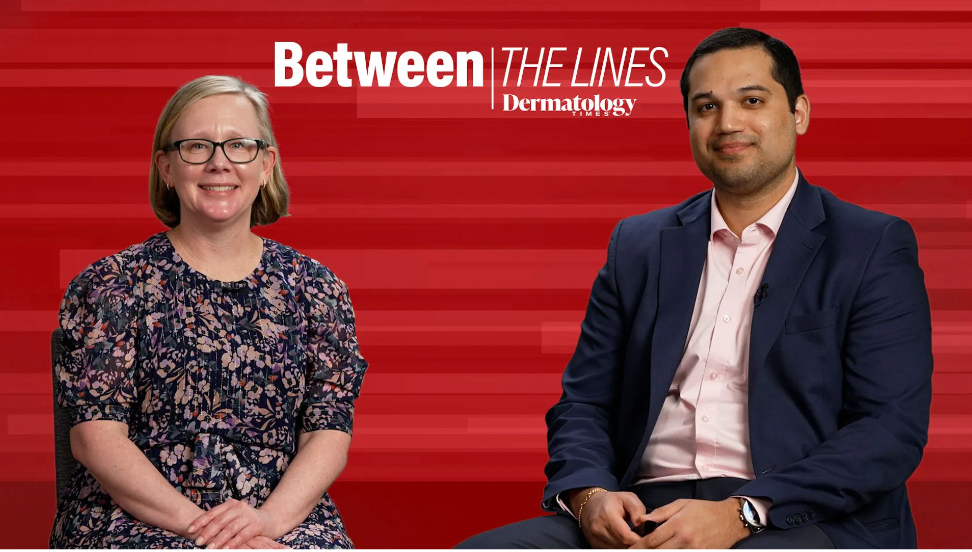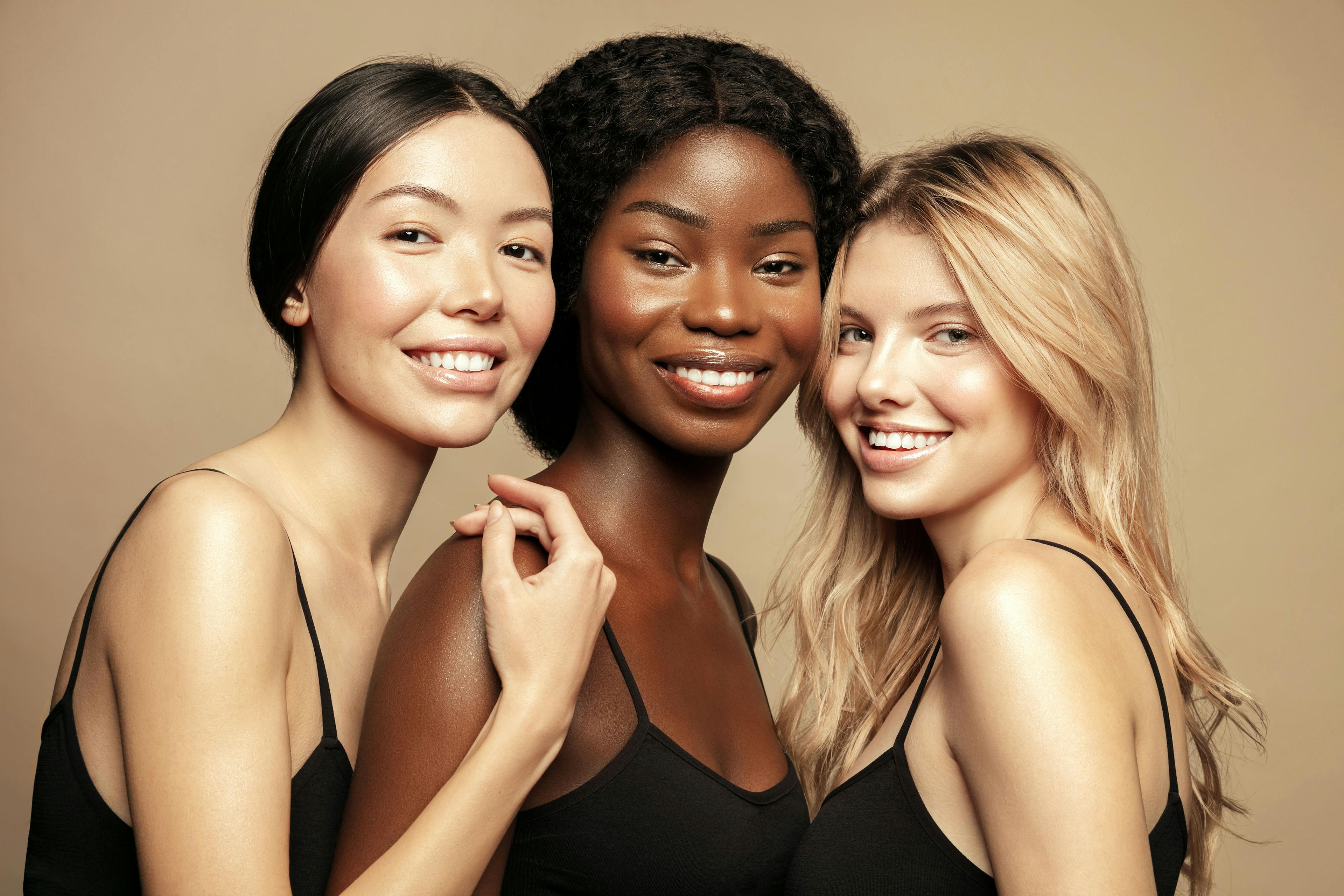- Acne
- Actinic Keratosis
- Aesthetics
- Alopecia
- Atopic Dermatitis
- Buy-and-Bill
- COVID-19
- Case-Based Roundtable
- Chronic Hand Eczema
- Chronic Spontaneous Urticaria
- Drug Watch
- Eczema
- General Dermatology
- Hidradenitis Suppurativa
- Melasma
- NP and PA
- Pediatric Dermatology
- Pigmentary Disorders
- Practice Management
- Precision Medicine and Biologics
- Prurigo Nodularis
- Psoriasis
- Psoriatic Arthritis
- Rare Disease
- Rosacea
- Skin Cancer
- Vitiligo
- Wound Care
Publication
Article
Dermatology Times
Facial Cosmetics: The Creation of Illusion
Author(s):
In this month's Cosmetic Conundrums column, Zoe Diana Draelos, MD, reviews recent advances in cosmetics and the illusions they create.
Facial cosmetics have been worn for over 2000 years. They have withstood the test of time and still offer value to those who wear it today.
Eyeliner Dates Back to Cleopatra
Eyeliner is the signature cosmetic of Egyptian women. The effect of eyeliner and mascara on facial appearance has been examined with techniques developed for psychophysics, which is a branch of perceptual psychology and vision science. This field is useful for measuring the magnitude of optical illusions, such as the illusion created by eye cosmetics. Eyeliner surrounds the eye, reshaping and accentuating the palpebral fissure. It increases the perception of eye size, but only in the presence of mascara. Mascara is used to darken, thicken, and elongate the eyelashes. The combination of eyeliner and mascara increases the perception of eye size by 6%. Bigger eyes are universally considered attractive in all cultures, explaining the allure of eyeliner. It is interesting to note that even though eye cosmetics are applied to the face of the wearer, they are designed to modify the visual impression of the viewer.
Wrinkle-Removing Moisturizers
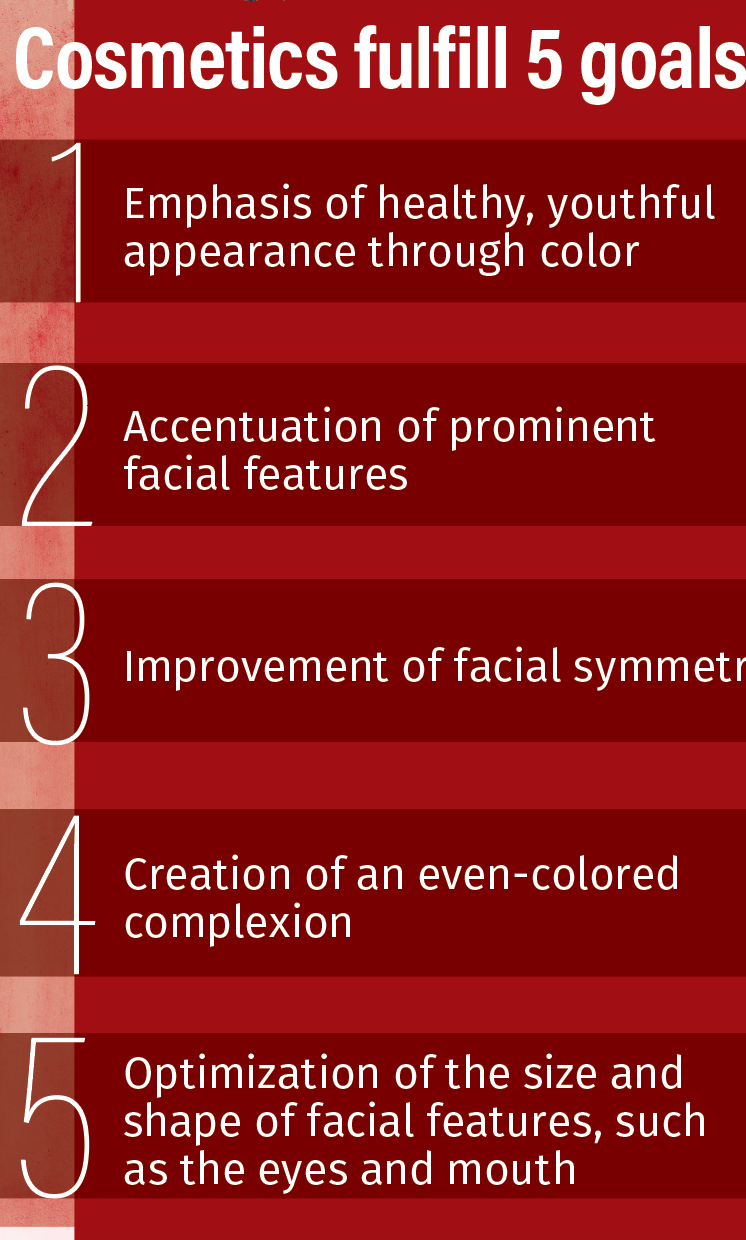
It is possible to improve the appearance of lines and wrinkles in 30 minutes. How? With newer polymers, lines and wrinkles can be filled just like wood putty is used to fill the grain in unfinished wood. Polymers are macromolecules made up of repeating monomers. The most commonly used polymer in antiwrinkle products is dimethicone. The combination of dimethicone with light-reflecting pigments functions to physically fill the wrinkle and minimize its depth by increasing the amount of light reflected into the eye of the observer. This illusion is based on the fact that more light reflection minimizes depths while less light reflection accentuates depths. The wrinkle appearance improvement lasts until the product film is disrupted through sweat, migrates as a result of facial movement, or is removed from the face via washing.
Lip Cosmetics’ Claim to Fame
Some new lip cosmetics, marketed as lasting 14 hours, are actually pigmented polymer films that create a paintlike film over the lips. They are not based on the wax films of traditional lipsticks, which are made of white beeswax, candelilla wax, carnauba wax, ozokerite wax, lanolin wax, ceresin wax, and/or other synthetic waxes. Traditional lipsticks usually contain a combination of these waxes, carefully selected and blended to achieve the desired melting point. Oils, such as castor oil, white mineral oil, lanolin oil, hydrogenated vegetable oil, or oleyl alcohol, are incorporated to form a film suitable for application to the lips. The oils are also necessary for dispersion of the pigments. These lipsticks are usually removed with eating and drinking.
Lip polymer products adhere to the lip just like paint. The film is flexible so it does not peel from the lip and easily bends with lip movement. It is water resistant and is not removed by eating or soap and water; it must be removed with a special product. Unfortunately, long-wearing lip polymers are very drying to the lips and a common cause of cheilitis. They are usually sold in a tube with 2 ends and a sponge-tipped applicator for each end, one containing the pigmented lip polymer and the other, a lip gloss designed to moisturize the lips and add shine because the polymer film is very dull. Indeed, these lip films last 14 hours, through eating and drinking.
Another variation of lip cosmetics is lip stain, which lasts around 4 to 8 hours. The most commonly used stain is acid eosin, a tetrabromo derivative of fluorescein. Acid eosin, also known as bromo acid or D&C Red No. 21, is naturally colored orange but changes to a red salt at a pH of 4. Conditions present on the lip change the orange lipstick to a vivid red, long-lasting stain.
Zoe Diana Draelos, MD, is a consulting professor in the Department of Dermatology at Duke University School of Medicine in Durham, North Carolina. She also leads the research lab at Dermatology Consulting Services in High Point, North Carolina, and serves as the editor-in-chief of Dermatology Times.

Newsletter
Like what you’re reading? Subscribe to Dermatology Times for weekly updates on therapies, innovations, and real-world practice tips.

